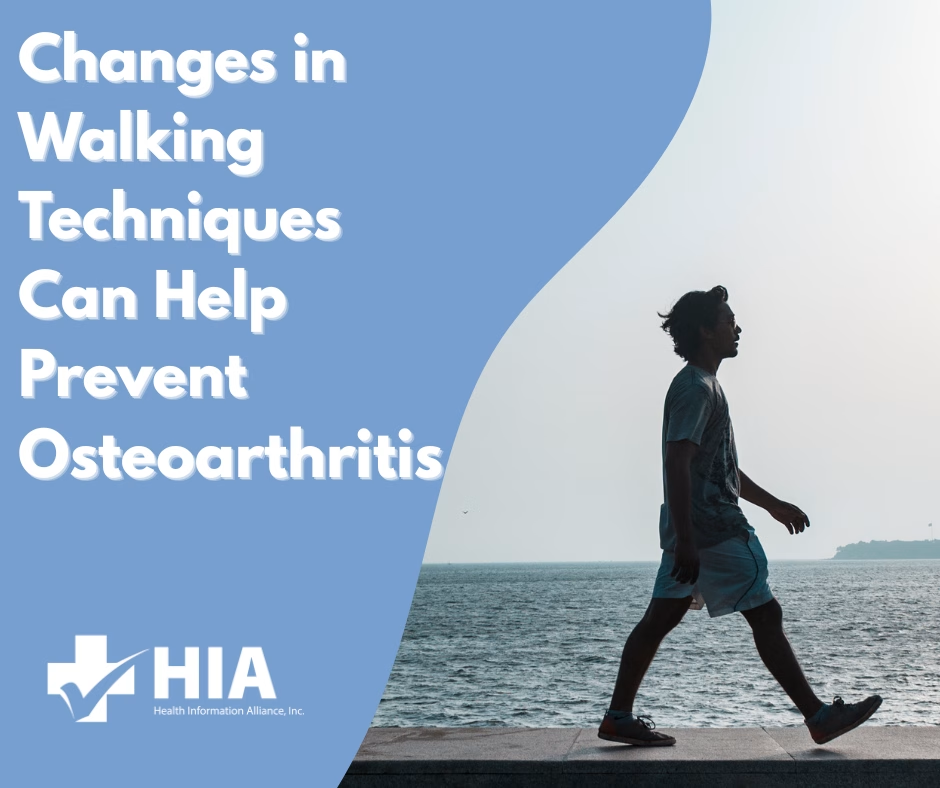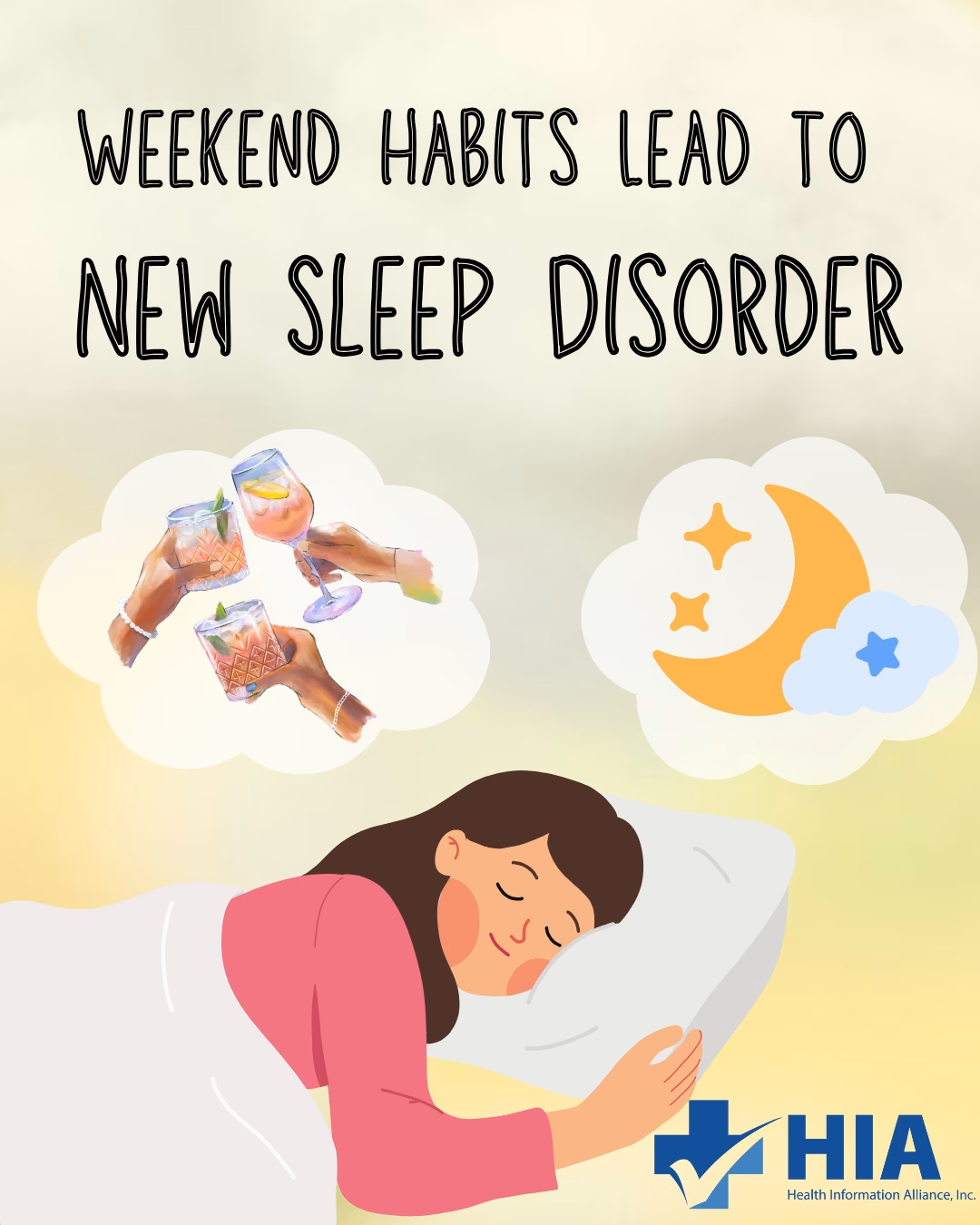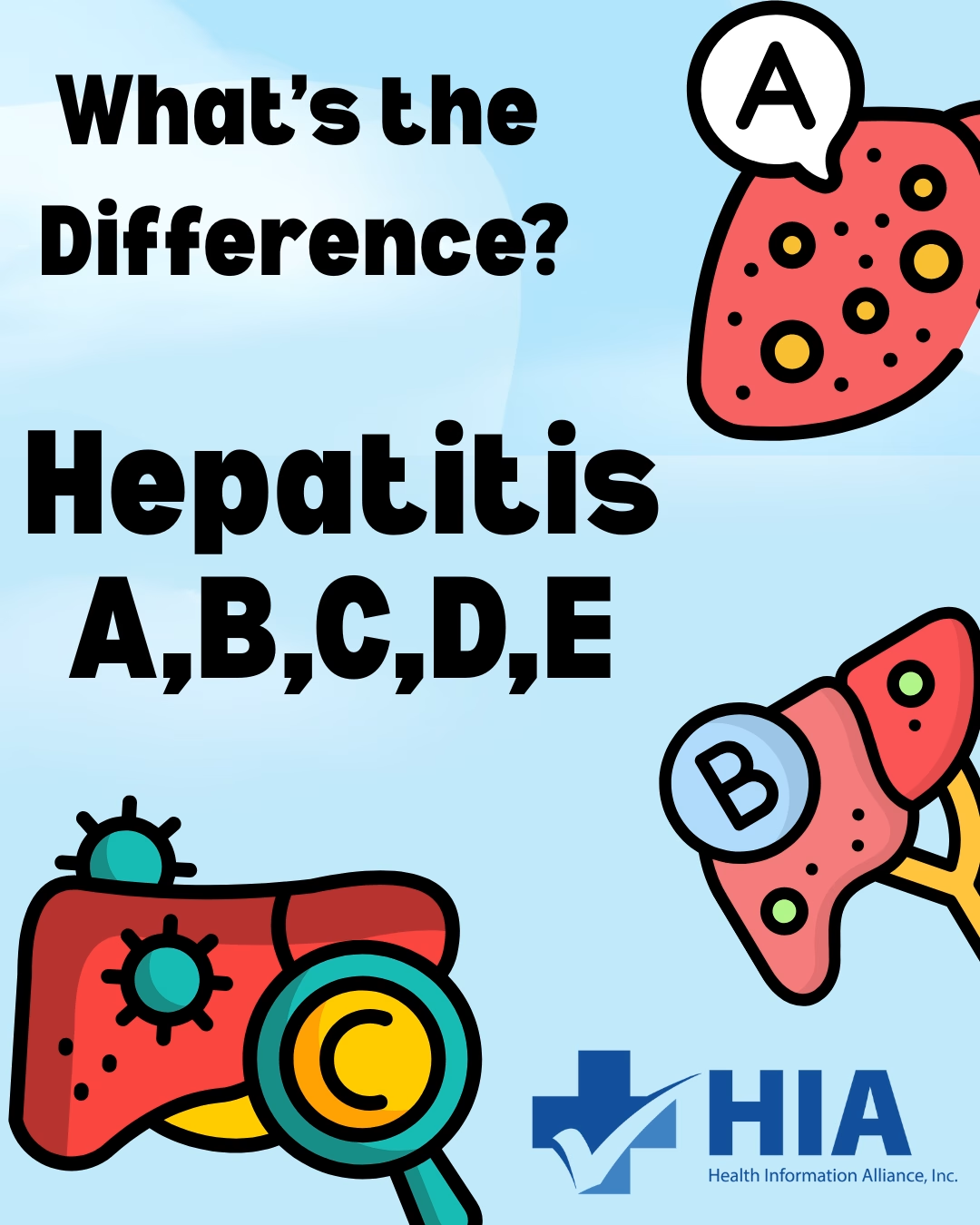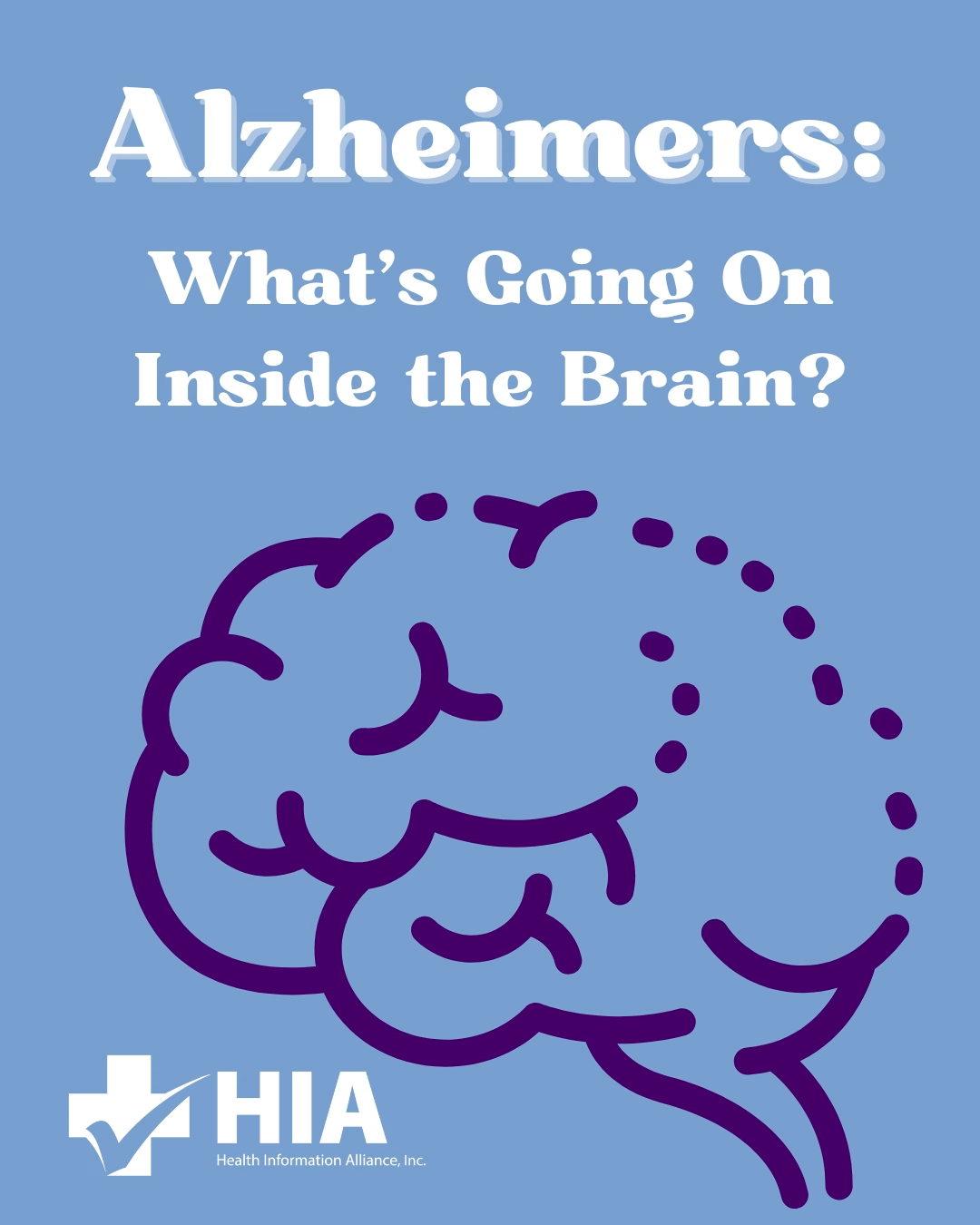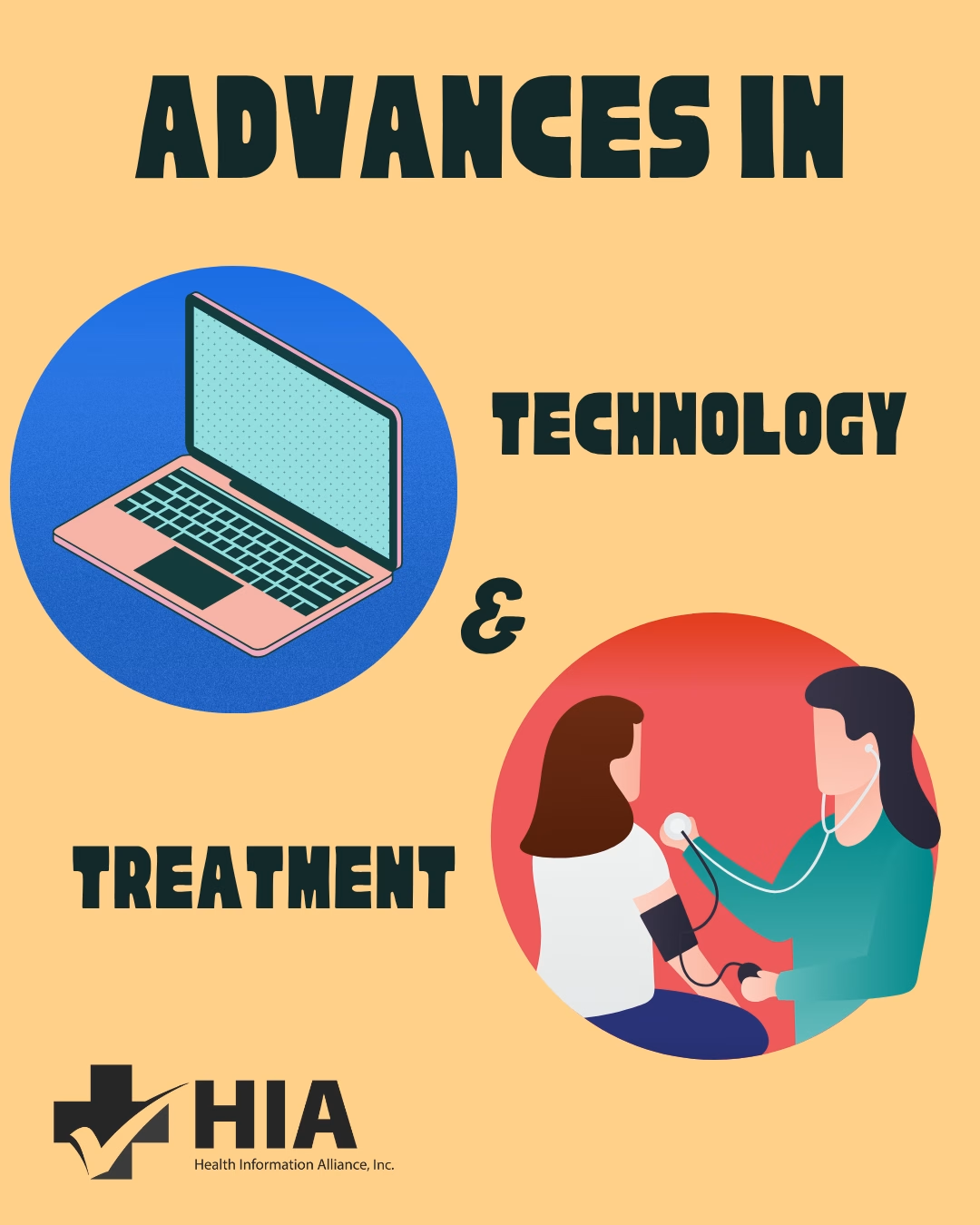Summer Heat and Heatstroke
Since the last heat wave in 2011, regions like North America have been experiencing extremely warmer weather temperatures during the summer season. During normal circumstances, the human body regulates its body temperature through sweating, but continuous exposure to summer heat can put infants, young children, adults, and elderly people at high risk. Exposure to summer heat does not only lead to heat exhaustion or heatstroke, it can also cause associated problems like dehydration, difficulty of breathing, delirium, heart palpitations, syncope, and/or worsen previous medical conditions, which may lead to organ damage or even death. Other causes of heat exhaustion or heatstroke can be due to excessive physical labor or activity in a hot environment.
Signs and Symptoms
When the human body overheats, heat exhaustion occurs, which is the precursor for heatstroke. One of the common signs of heat exhaustion is confusion. Some other signs include dehydration, rapid heart rate, muscle cramps, physical exhaustion, headache, nausea/vomiting, wooziness, and faintness. It is imperative to quickly get victims to a shaded or air-conditioned area, and provide them with cool beverages, such as water. Applying wet towels on the forehead can help cool a victim down.
If heat exhaustion is not treated, heatstroke can occur when an individual’s body temperature rises to 104 degrees Fahrenheit or higher. Other signs to take notice are flushed, dry, and hot skin to touch, rapid breathing, headaches, dizziness, or other signs of altered mental status, irrational behavior, and/or unresponsiveness. Heatstroke victims must seek medical help immediately or they may be at risk of brain, heart and kidney damage. Detecting heatstroke early will help prevent these complications. While waiting for medical help take immediate action, such as moving the victim to a cool place, remove any excessive clothing, cooling the victim by immersing them in cold water or by using cold towels to help lower their body temperature, and monitor the victim’s breathing in case CPR needs to be performed.
Prevention
As the summer heat increases and the weather gets hotter, you can prevent heatstroke by taking these precautions:
- Stay in air-conditioned environments
- Wear light clothing
- Use sunscreen
- Stay hydrated by drinking water and other fluids
- Don’t leave anyone or stay in a car parked in the sun
- Wear light clothing
- Exercise or engage in strenuous activity during the cooler part of the day (morning or evening)
- Pace yourself during outdoor activities
- Take time to rest and cool down
- Look out for others that may be exhibiting any signs and symptoms of heat exhaustion or heat stroke
While many people take action to protect themselves from experiencing heat exhaustion or heatstroke, others unfortunately end up in the emergency room for treatment that may lead to hospital admissions. Hospitals, emergency room departments, physician offices, and other facilities treat patients for the signs and symptoms of heat exhaustion and heatstroke by conducting thorough examinations and providing hydration techniques during these strenuous summer months. It is important that these diagnoses and procedures are accurately coded for proper billing and reimbursement. Health Information Alliance (HIA), Inc. is the leading premier provider for the last 27 years for medical coding services. Accuracy and integrity are necessary to achieve high standards of quality and trust within the healthcare community. HIA is here to help.

